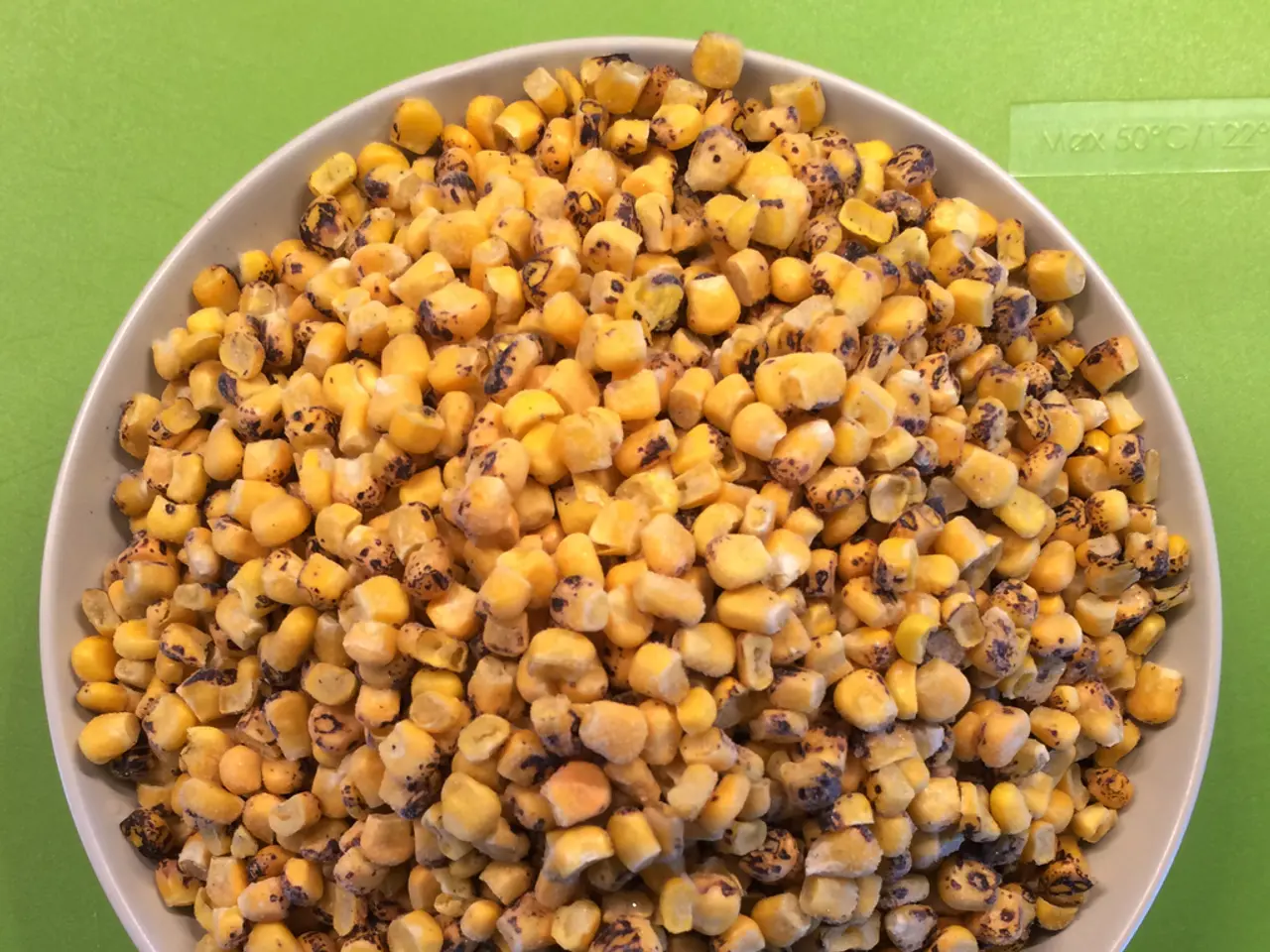Diabetes Management through Millets: Details on Benefits, Nutritional Composition, and Beyond
Foxtail millet, a small-grained cereal belonging to the grass family Poaceae, has been gaining attention for its potential benefits in managing type 2 diabetes. A growing body of evidence suggests that the consumption of foxtail millet may positively impact blood glucose control, insulin sensitivity, and lipid profiles.
One study involving 64 participants with impaired glucose tolerance found that after 6 weeks, the participants' fasting blood glucose levels decreased by 5.7%, on average. Moreover, there was a 9.9% decrease in the participants' mean 2-hour glucose levels. These findings indicate better overall blood glucose regulation.
The glucose-lowering effects of foxtail millet may be attributed to its composition, which is high in protein and fiber. Foxtail millet has a relatively low glycemic index (GI), meaning it causes a slower, steadier release of glucose into the bloodstream, helping to prevent sudden blood sugar spikes common in type 2 diabetes.
The antidiabetic potential of foxtail millet is further supported by its rich profile of bioactive compounds, such as flavonoids like naringenin and apigenin. Apigenin, in particular, has been shown to lower blood glucose and lipid levels.
In addition to its beneficial effects on blood glucose, foxtail millet can also help improve insulin sensitivity and lipid profiles. Consuming foxtail millet has been linked to reductions in total cholesterol, triglycerides, and LDL ("bad") cholesterol, all of which are important for cardiovascular health often compromised in diabetes.
Foxtail millet can be used to make a range of different foods, including porridge, flatbreads, stuffing, and can even be used instead of oats in recipes. It is indigestible in its raw state and needs to be prepared and cooked before eating.
The American Diabetes Association (ADA) advises people to eat whole, minimally processed carbohydrate foods, such as fruits, whole grains, starchy vegetables, beans, and lentils. The evidence supporting the benefits of foxtail millet consumption for individuals with type 2 diabetes aligns with this recommendation.
In conclusion, the combination of low GI, bioactive compounds, high fiber, and nutritional content in foxtail millet offers multiple mechanisms that support better blood glucose control and metabolic health in individuals with type 2 diabetes. Foxtail millet can be a valuable addition to a healthful, balanced diet for those managing diabetes.
- The index of foxtail millet's glycemic value indicates a slower, steadier release of glucose into the bloodstream, which is beneficial for managing type 2 diabetes and preventing sudden blood sugar spikes.
- Science suggests that the consumption of foxtail millet can lead to improvements in blood glucose control, insulin sensitivity, and lipid profiles, all of which are crucial for health-and-wellness and diabetes management.
- Cooking techniques like preparing and cooking foxtail millet allow the creation of various health-and-wellness focused food-and-drink options, such as porridge, flatbreads, and stuffing, making it a versatile addition to a balanced fitness-and-exercise lifestyle.
- In the realm of nutrition, foxtail millet boasts a high fiber content, along with essential bioactive compounds like flavonoids, which have been found to lower blood glucose and lipid levels, supporting the maintenance of a healthy-cooking and health-and-wellness practices.
- The American Diabetes Association advocates for the consumption of whole, minimally processed carbohydrate foods. In light of this, incorporating nutritious, low GI foods like foxtail millet into one's diet can align with this recommendation for better diabetes management.




